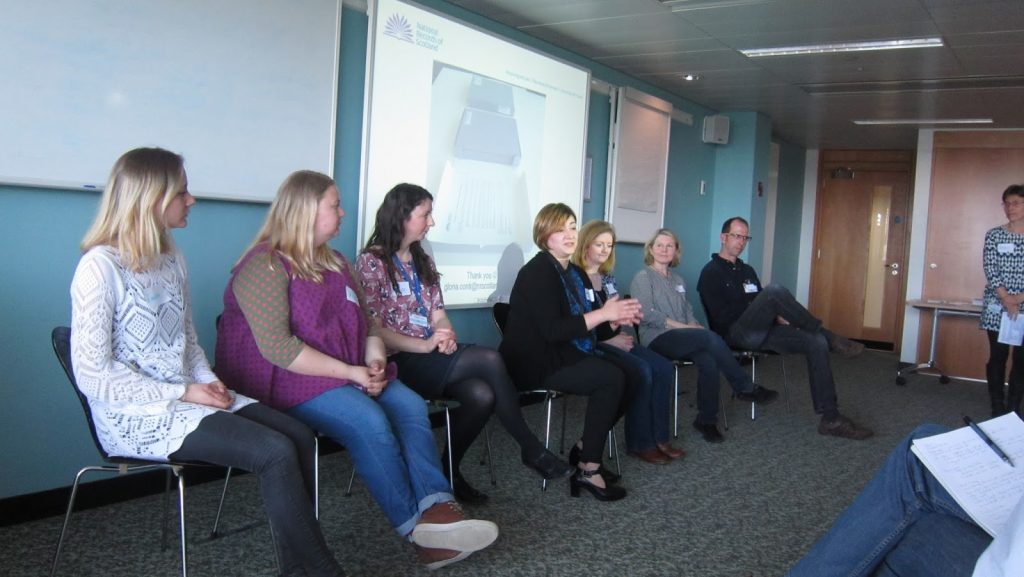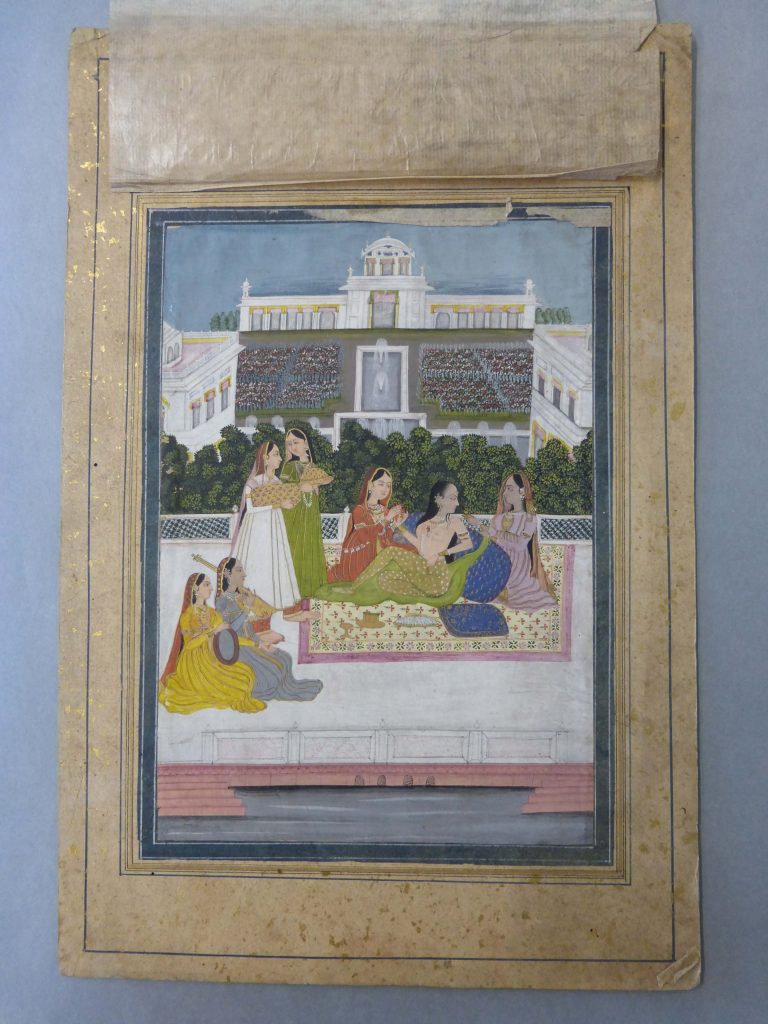In this week’s blog, Project Conservator Katharine discusses the new Integrated Pest Management Plan for the CRC Special Collections, and describes the common pests found in heritage institutions….
Integrated pest management (IPM) is the practice of monitoring for insect activity to prevent damage to collections and cultural heritage. It was originally developed by the agricultural industry to control insect populations in crop stores without continuously using pesticides. It has now been adopted by libraries and archives as a means to monitor and deter the insect pests that use organic materials present in special collections as a food source.


